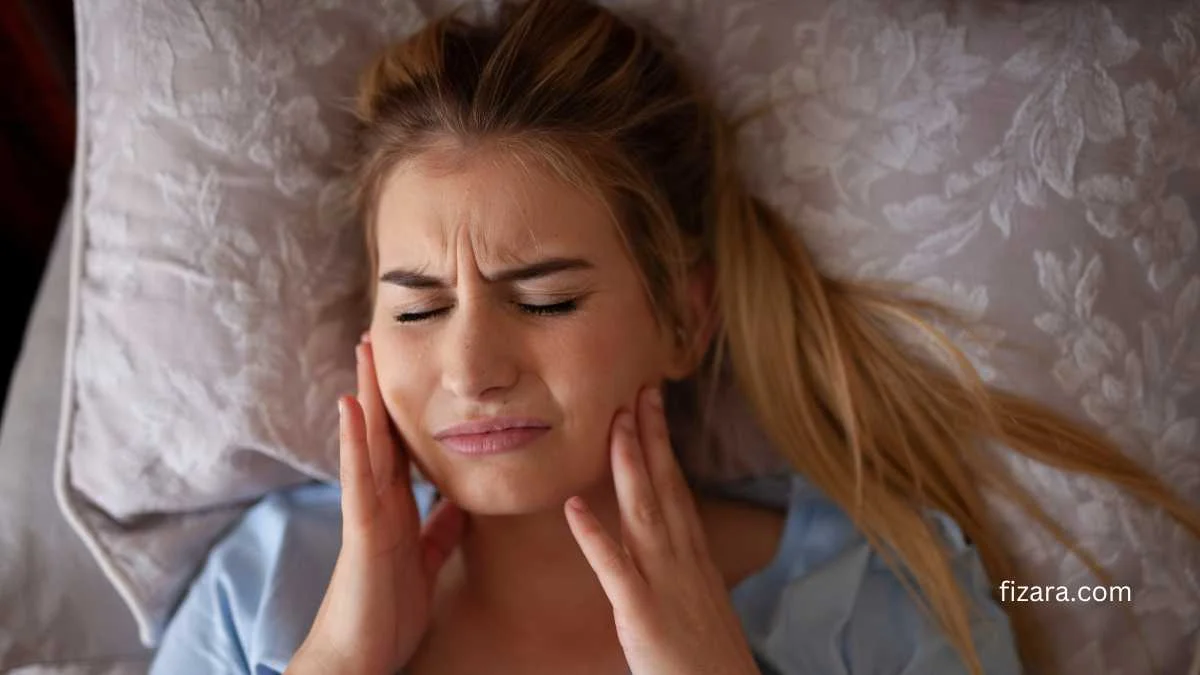Chewing, moving your face from side to side, and opening your mouth are normal daily activities. However, if you experience pain during these activities, you may have pain in your temporomandibular joint (TMJ). A dysfunction in this joint can cause tenderness and pain in your jaw joint and the surrounding muscles.
Without proper treatment, TMJ dysfunction can cause pain radiating to your head, ear problems, and migraines. Fortunately, Physical Therapy in Bedford at Barkman & Smith Physical Therapy can help treat this condition and relieve pain.
What is TMJ Disorder?
TMJ disorder causes dysfunction in the temporomandibular joint (TMJ), which is responsible for functions such as chewing, speaking, movement of the lower jaw, and facial expressions. You are likely to develop this disorder if you sustain an injury to your head, neck, or jaw. Arthritis, autoimmune diseases, dental issues, and teeth grinding can also lead to the condition.
When Should You Get Treatment for TMJ Disorder?
TMJ disorder can make it difficult for you to move your lower jaw. It also presents symptoms such as jaw pain and tenderness, locking of your jaw, and pain around your ear. You should see your physical therapist if you experience any of the following;
- Persistent pain
- Abnormal sounds in your jaw
- Frequent headaches
- Jaw stiffness
- Tinnitus
How Can Physical Therapy Help with TMJ Disorder?
Physical therapy is a drug-free treatment for addressing problems with your TMJ. Your physical therapist will examine your symptoms and ask about your medical history to create a tailored care plan. This plan may consist of exercises, manual therapy, and modalities to address your TMJ disorder.
The exercises stretch and strengthen your jaw muscles to reduce pain and improve your range of motion. Manual therapy is a hands-on treatment that may include massages and joint manipulation to improve mobility.
Your physical therapist may also use modalities like electrical stimulation or ultrasound therapy. These modalities apply heat to the painful region to improve blood circulation and reduce inflammation in your jaw.
Physical therapy treatment plan helps relieve pain, restore mobility, and prevent a recurrence of your condition. The plan is progressive, and your therapist will monitor your recovery to make necessary adjustments.
5 Physical Therapy Exercises for TMJ Disorder
TMJ therapy in Bedford TX restores your range of motion, allowing you to chew, talk, and move your lower jaw without difficulty. 5 physical therapy exercises that can help with TMJ disorder include;
Tongue movement
- Open your mouth as wide as possible
- Move your tongue towards the roof of your mouth and move the tip of the tongue back towards your tonsils.
- Feel around for the soft spot on the roof of your mouth using the tongue
- Once you find the spot, use the tip of your tongue to apply pressure for 5 seconds
- Stick your tongue out of your mouth as far as you can and hold the position for 5 seconds
- Repeat the exercise 5 times
Pressure on the chin
- Place your thumb under your chin and apply light pressure upwards
- Open your mouth while still applying pressure to your chin
- Hold this position for 5 seconds
- Close your mouth and repeat the process
Pen in mouth
- Hold a pen or pencil to your mouth, as if it were a corn on the cob.
- Place the pen between your teeth and slowly move your jaw from one side to another.
- Hold the position for 10 seconds on each side.
- Repeat this exercise with larger items, such as a marker, as you gain strength in your TMJ
Goldfish exercise
- Press your tongue to the roof of your mouth
- Place an index finger on the left TMJ and the other index finger on your chin.
- Drop your chin while applying light pressure with each finger and keeping your tongue to the roof of your mouth.
- Repeat this exercise to the right TMJ
- Repeat six times on each side
Chin tucks
- Start this exercise in a standing position. Keep your shoulders back and chest lifted up.
- Bring your head straight back while tucking in your chin. Keep your head straight while doing this motion.
- Hold this position for three seconds
- Repeat the exercise up to ten times
Conclusion
TMJ disorder can cause jaw and facial pain and restrict jaw movement. You may also experience ringing in your ears, headaches, ear pain, and dizziness. However, with physical therapy, you can get appropriate treatment. Your physical therapist at Barkman & Smith Physical Therapy can diagnose your condition to create a tailored treatment plan.









